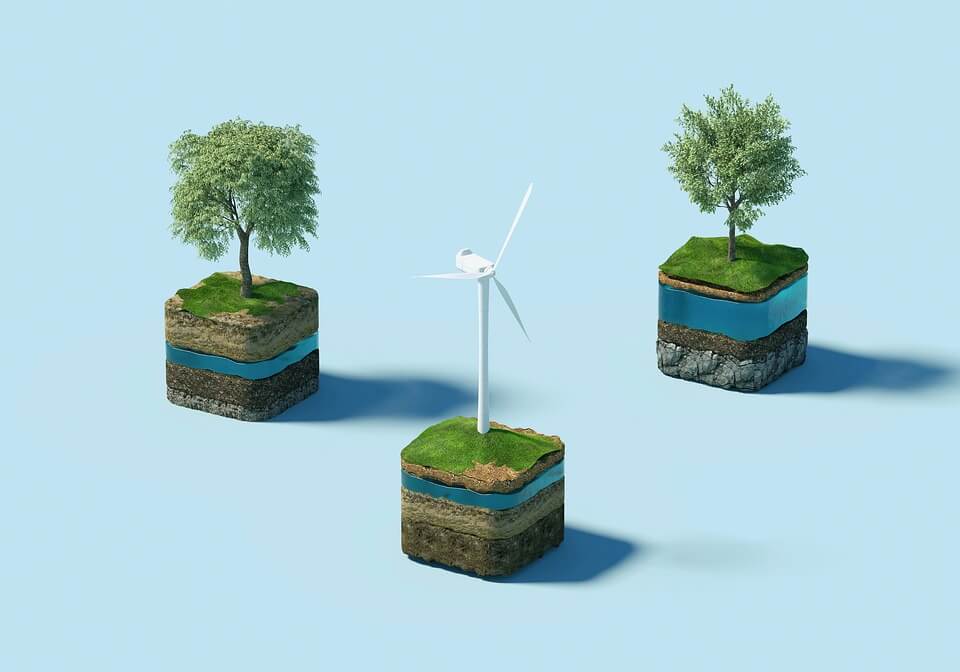The concept of sustainability has its origins in the late 80s of the twentieth century, and appears as a novel approach that human actions must take in order that, these same actions, do not entail the destruction of environments and resources in those that are made.
In other words, it is at that time when the official organisms begin to be really aware that human actions have a destructive impact on the environment and that, if they continue to develop at the same speed and with the same impact, they will suppose the destruction of the environments and ecosystems where they take place.
Sustainability is a necessary consequence that arises as a response to the abuse of human activities over natural environments. However, it soon comes to the conclusion that, beyond the environment, the concept of sustainability can be applied to any space or activity that takes place. In this way, although environmental sustainability is the main bulwark of this concept, it can also be applied to other spheres of human life, such as:
- The social sustainability
- The economic sustainability.
- Energy sustainability
What is environmental sustainability?
When we talk about environmental sustainability, we are referring to the fact that the relationships established with the environment do not lead to the destruction of the environment, so that these relationships are “sustainable” or long-term. In this way, affirming that an activity is environmentally sustainable, is the same as saying that said activity has a sufficiently small impact on the environment so as not to imply the degradation of it, from a natural resources perspective, whether focused on water conservation, soil quality, animal and plant richness and diversity, and so on.

Examples of environmental sustainability
A good example of environmental sustainability is found in ecological tourism or ecotourism. This type of tourism does not renounce tourism activity. However, the way in which it is done takes care that the activity itself does not degrade the environment. In this way, it is ensured that the activity can be carried out in the long term since, the environment where it takes place, and which is the basis for carrying out the same activity, will remain unchanged by the long-term activity itself.
In this way, a symbiotic relationship is established between human activity (for example ecological tourism) and the environment. In fact, for human activity to last in the long term, it needs the good state of the environment. Likewise, the environment requires that human activity be limited to a sustainable activity so that it does not destroy it, so that both parties emerge strengthened by “sustaining” human activities.

Source : pixabay.com
What is social sustainability?
When talking about social sustainability, the sustainable approach is being put in the way of life of a specific social group. This type of sustainability is especially important in the case of peoples and social sectors that have a situation of vulnerability or disadvantage with respect to others. Its main objective is to ensure that human activities can be developed in such a way that they do not destroy the human communities that it affects, which guarantees their long-term lifestyles and lifestyles.
A good example would be the agricultural world and crafts. In both cases, these are human activities that are linked to rural communities and constitute an immaterial wealth of great social value. When a relationship with these communities is established, the right thing to do so will be to do it from a social sustainability perspective. In this way, this type of work can be preserved and, at the same time, the human communities associated with it.
Sustainability on a large scale
However, despite the fact that sustainability applies to different sectors depending on the case being discussed, the reality is that they do not constitute watertight compartments. That is, environmental, social, or any other kind of sustainability should not be understood as a closed and isolated world. In fact, talking about sustainability is talking about relationships and, these types of relationships, are relationships that are deeply interconnected with each other and that, as the XXI century progresses, everything suggests that this network of interconnections will be increasingly higher.
This means that sustainable activities nourish themselves independently of the category to which they belong. Sustainability is a value and a model that establishes lasting relationships in the long term. It is a new paradigm that comes to replace the philosophy of “use and throw” that has prevailed in recent decades and has led to disastrous damages. In fact, sustainability guarantees, not only the survival of each space or sphere where it is applied, but, in a broader perspective, it is the only way to ensure the survival of life on Earth, which also includes our own survival of the human species.